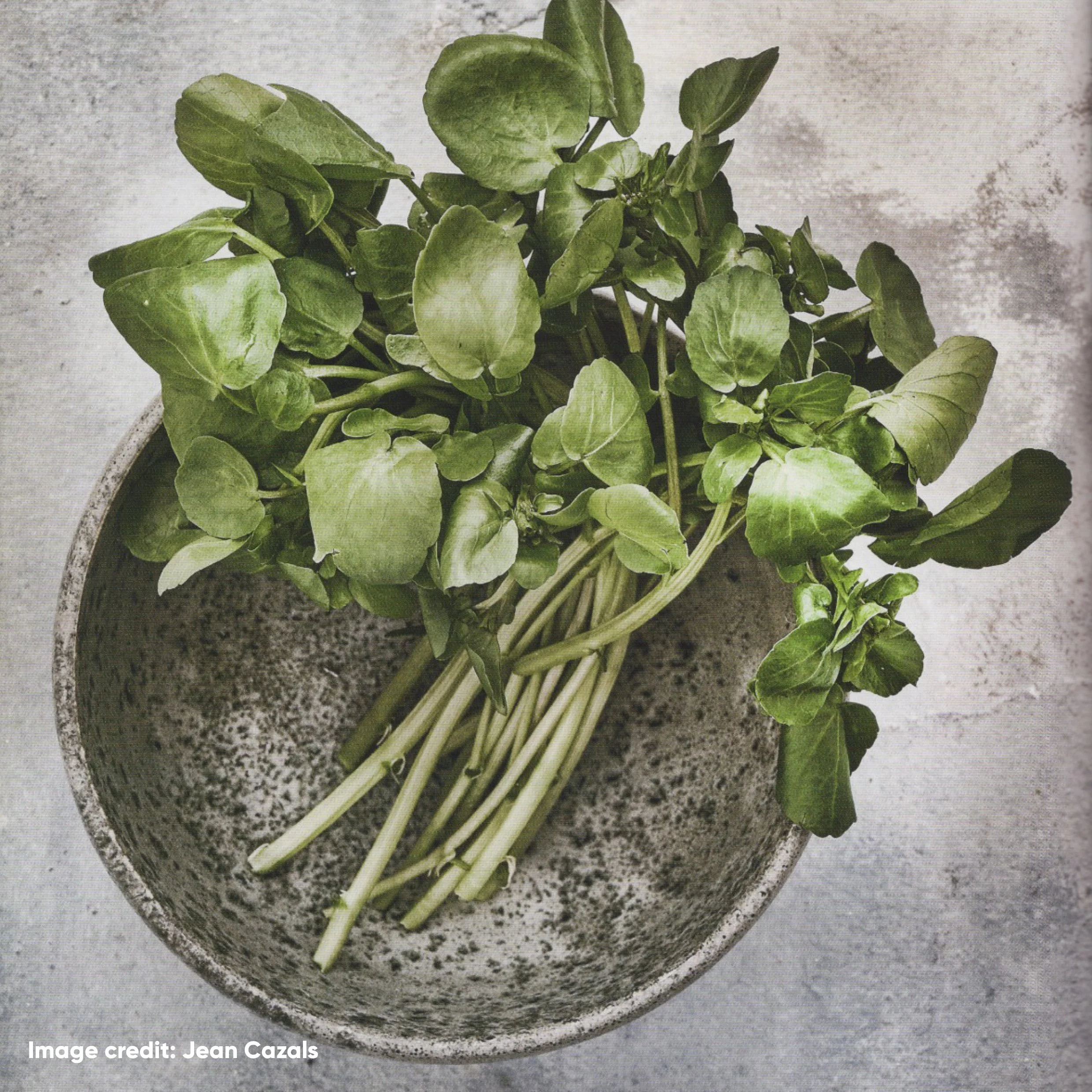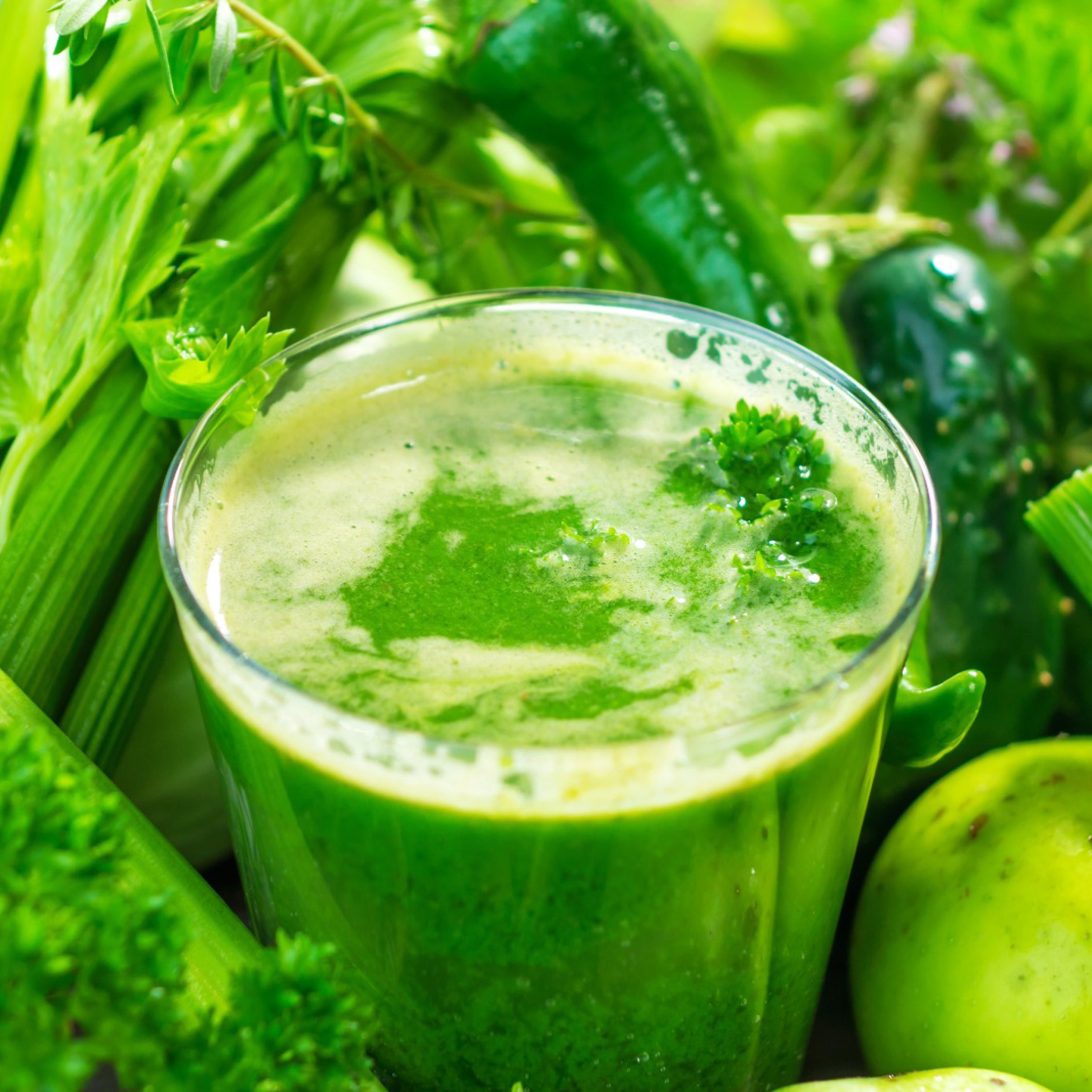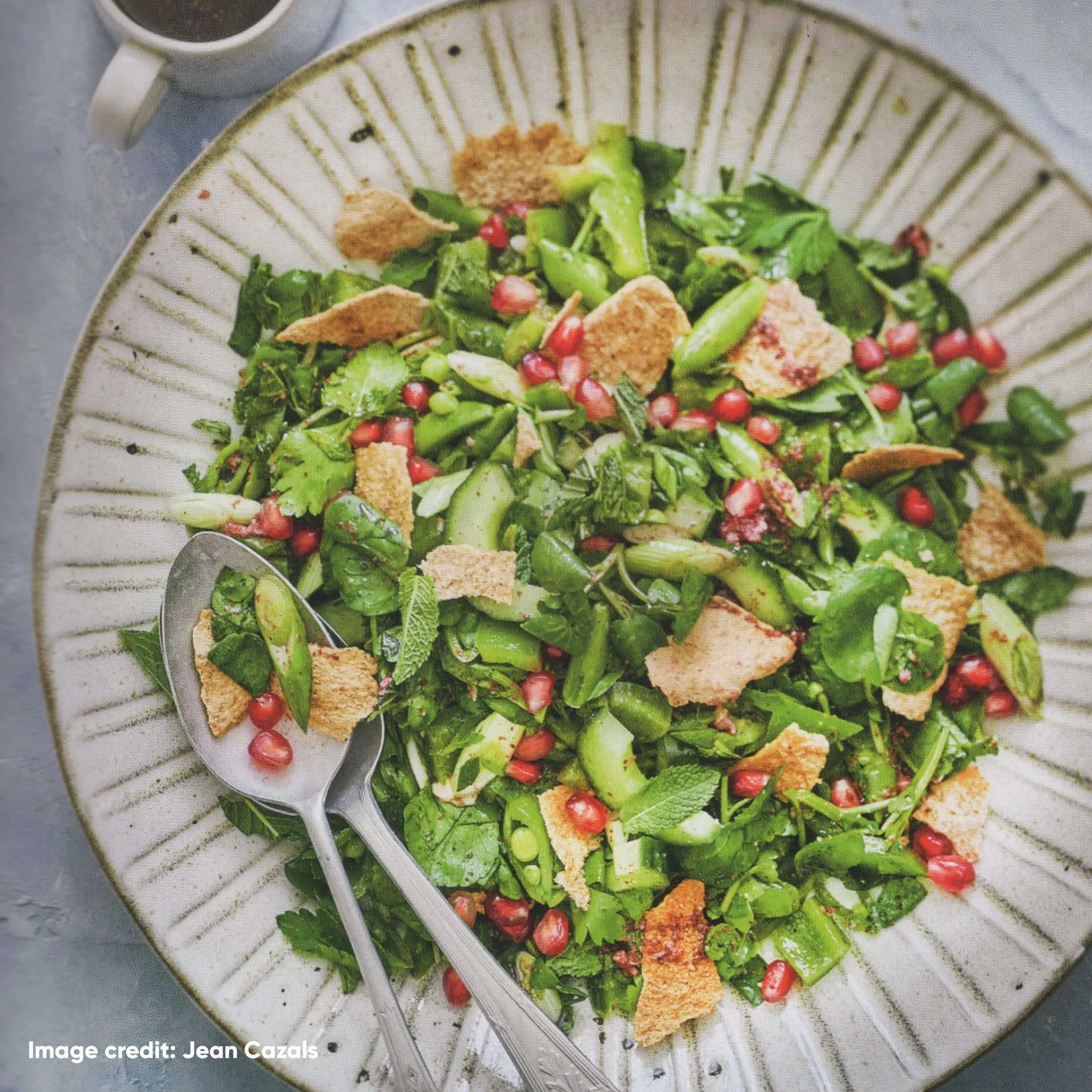Best In Season - January - written by Chef Consultant, Celia Brooks
The Greens that Out-green Them All
Many of us have self-improvement on the brain in January after over-indulging during the festive season, and we all know that more exercise and a better diet are the way forward for peak health. A new exercise regime will require some diligence - it takes extra effort and time getting fit. But healthy eating can be a breeze with a few tweaks, and consuming one surprising vegetable that surpasses all others for nutrition.
Yes, you’ve heard it a million times - eating more fruit and veg and less processed food is the key. Any fresh fruits and vegetables, as well as beans and pulses like lentils, should be inserted where you might normally have processed or fatty carbs like chips, white bread or pasta.
If you’re committed to getting more veg in your diet, then you might as well get more bang for your buck by choosing the ones that have the most positive impact on your health: cruciferous vegetables - that’s the cabbage family, which includes any type of cabbage of course, including kale and cavolo nero, but also broccoli, cauliflower, rocket, watercress, kohlrabi, radishes and turnips.
The incredible natural chemicals in these veg have the power to detoxify and protect you from disease, plus they can make you feel fuller for longer with their fibre content, while having minimal calories. The max dose of their beneficial nutrients is best absorbed by eating them raw. (But cooked is good too!)
When I was researching my book “SuperVeg”, I went on a quest for the 25 healthiest vegetables on the planet. I evaluated all veg by nutrient density, then from that list, I selected the ones that were the most delicious, versatile and accessible. All 25 veg in the book are equally super, but can you guess which veg has the highest nutrient density of all?
Drum roll please…it’s watercress. (It’s in the cabbage family too, in case you missed it.)
If you eat just one green veg this year, eat watercress! Eat it every day! Cram a thick layer of it into your sandwich (and sure, have cheese too, but ideally more watercress than cheese, and wholemeal bread). Snip it generously over your soup, stir-fry, omelette, or jacket potato. Make chopped watercress the main leaf in your salad. Stuff a clutch of watercress in your gob before every meal. See below for a gorgeous main-course salad recipe starring watercress.
If you are lucky enough to own a juicer, then by all means feed watercress into your juicer with your carrots, apples, celery and cucumber, and add some fresh ginger too. Juicing will get all those nutrients into you faster than chewing them all, so juice away every day if you can.
However, juicing filters out all the beneficial fibre which is so incredibly important for gut health. A healthy gut benefits every aspect of your wellbeing, including your mental health. So making homemade smoothies with an ordinary blender is actually preferable, as it keeps the fibre in, yet gets it in you almost as fast as juicing, while being more filling. And not such a bother to clean up!
Admittedly, green smoothies made with raw green veg alone taste pretty awful. So make sure you start with a base of something a little sweet and smooth like banana and/or fresh or frozen mango, and/or some fatty, creamy avocado, then top up with watercress or other easily blendable greens like rocket and parsley. Add some liquid to get the blades moving such as unprocessed juice or oat milk, or even just water. A pinch of sea salt will really make the flavour sing.
Green Fattoush
From “SuperVeg” by Celia Brooks
Fattoush is an iconic salad from the Levant and varies from region to region. Its core element is broken shards of toasted flatbread, combined with lettuce, herbs, crunchy raw veg, and an assertive lemon dressing, usually enhanced and authenticated with the addition of sumac. Sumac, to the uninitiated, is a dark red spice with a citrus zing. If you can’t find it, don’t let that stop you making this refreshing and filling salad – it can be omitted, though sumac is an ingredient worth discovering if you haven’t already.
Serves 4-6 / Prep 20 mins / Cook 10 mins
Ingredients
2 large or 4 small wholemeal pitta breads
2 tablespoons extra virgin olive oil
4 spring onions, diagonally sliced
1 green pepper, cut in small chunks
100 sugar snap peas, diagonally sliced
200g watercress, roughly chopped
2 handfuls mint sprigs, leaves stripped
2 handfuls flat leaf parsley sprigs, leaved stripped
For the dressing:
1 garlic clove, any sprout removed
coarse sea salt
60ml fresh lemon juice
1 ½ tablespoons sumac
freshly ground black pepper
60ml extra virgin olive oily
Method
1) Preheat the oven to 200C. Divide the pitta pockets and separate as best you can, tearing each into two thin layers – the pieces will be crumbled later. Lay them on a baking sheet and drizzle olive oil over them. Toast in the oven until crisp and golden, then cool.
2) For the dressing, place the garlic and a large pinch of coarse salt in a mortar and crush to a paste with a pestle, or use a garlic crusher. Beat together with remaining dressing ingredients, directly in the mortar, a bowl, or in a screw-top jar. Taste for seasoning.
3) Mix together all the salad ingredients (except the bread) in a large bowl. Toss the dressing through the salad. Finally, crush the toasted bread into bite-size pieces, toss into the salad and mix well. Serve immediately.
NOTE: The salad can be prepared in advance, keeping the toasted bread, veg and dressing separate. Toss together immediately before serving.




